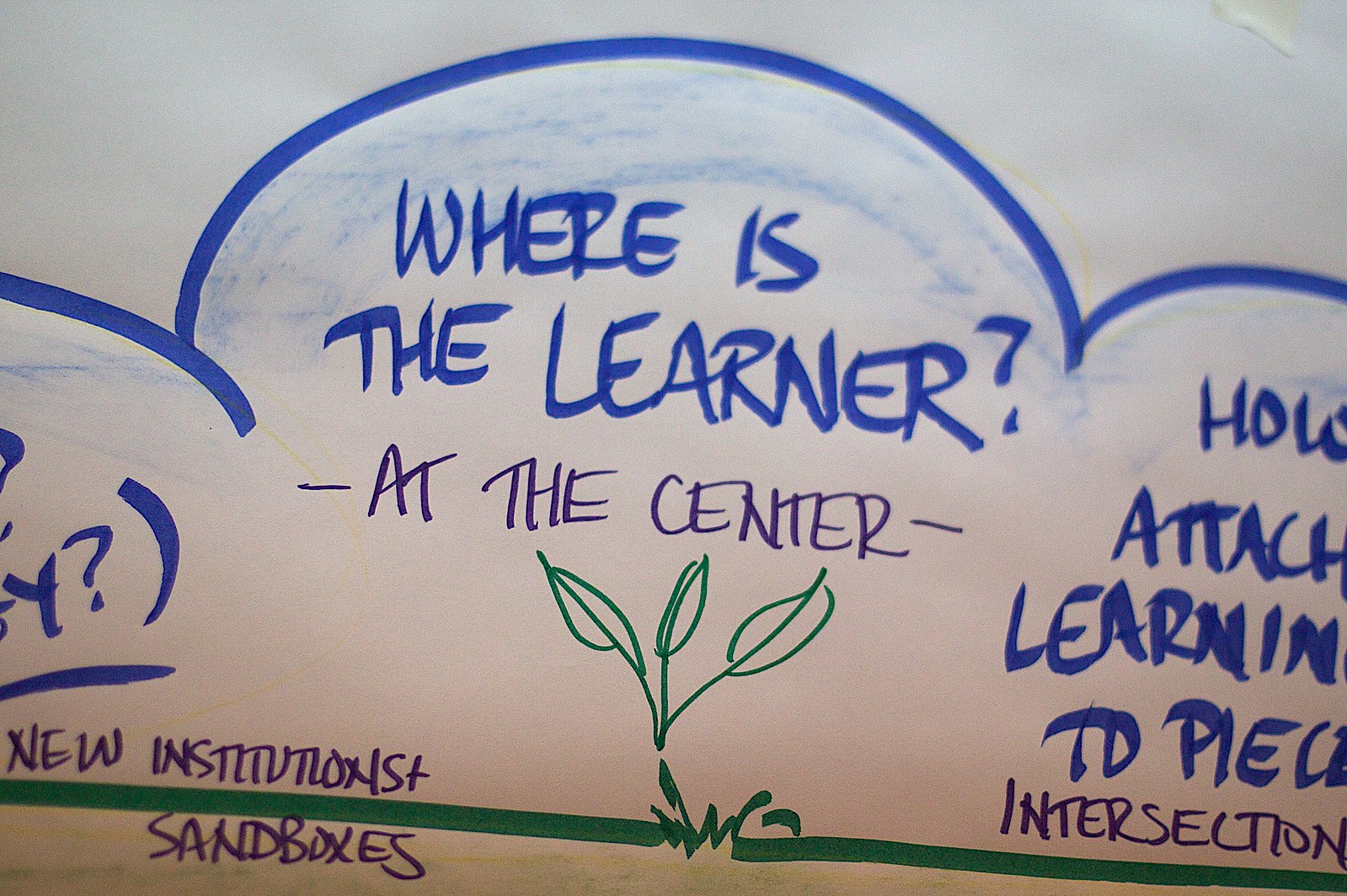Along with social distancing efforts and heightened precaution, COVID-19 brought on an increase in the use of education technology, or edtech. This combination of technology and theory is used in training and has proved to increase engagement and retention in learners. Edtech use has risen as professionals march on with their careers during this pandemic.
Edtech is the new trend of career development. In this guest post, Haley Lyles explains how technology makes job-related learning better and easier. You are welcome to watch for free the remote learning section (#8) of our teaching course.
As more professionals turn to edtech, many have realized that the benefits of this learning style, including flexibility, efficiency, and cost-effectiveness, will help them achieve career goals even after the pandemic. If you haven’t started taking advantage of the technology and tools that are available to you, here are a few benefits that edtech provides.
Career Development
Traditionally, career development in a corporate setting looked like conferences, growth charts, and mentorship. While those things are still helpful and beneficial, emerging edtech can help guide workers as they develop their careers, and equip employers with tools for their workers. As education technology becomes more commonplace, these tools will look like development courses to help employees work toward their career goals. These courses could teach learners technical skills like programming or communication lessons like public speaking.
Blended Learning
After years of use in primary and secondary education, blended learning has made it to the workforce. This learning style supplements traditional classroom instruction with online resources, creating an ideal setting for learners to grow despite schedule or location constraints. This style of learning. Blended learning grants workers access to learning environments that fit their lifestyle and empowers them to reach their career goals.
Microlearning
Learning doesn’t always have to happen in a course or classroom. For students who are frustrated with traditional formats, microlearning might be the answer. It is a teaching method that utilizes short games, videos, quizzes, and audio to teach skills. These exercises are designed to slowly train learners using bite-sized lessons to improve attention and retention. For students who have full-time jobs, this learning style is ideal. Lessons can be completed during lunch, on the commute, or during down-time at home.
MOOCs
Massive open online courses or MOOCs are free online courses that are offered by universities across the globe. Thanks to the web, these courses typically have unlimited class sizes and are available for anyone to enroll. For learners, MOOCs open a world of possibilities. There are free courses available for foreign language, business, technology, and hundreds of other subjects. With this endless knowledge bank at their disposal, employees can shape their career future with each MOOC.
Multidirectional Training
In most workplaces, employees only have access to training that pertains to their position. For example, a graphic designer could ask for an animation training session but would have a hard time getting trained in HR. This limitation makes it difficult to prepare for a career change or make a lateral move in a company. With edtech tools at their disposal, employees can look beyond their current position and build skills that help them work toward long-term career goals.
In the past, location, work hours, and expense has limited the growth that employees can experience. With edtech formats and tools, learners can constantly build their resumes and work towards a fulfilling career.
Bio
This article was written by Haley Lyles, an active champion of edtech and a content manager of http://siegemedia.com.
Please include attribution to jobhero.com with this graphic.

Get 4 Free Sample Chapters of the Key To Study Book
Get access to advanced training, and a selection of free apps to train your reading speed and visual memory


